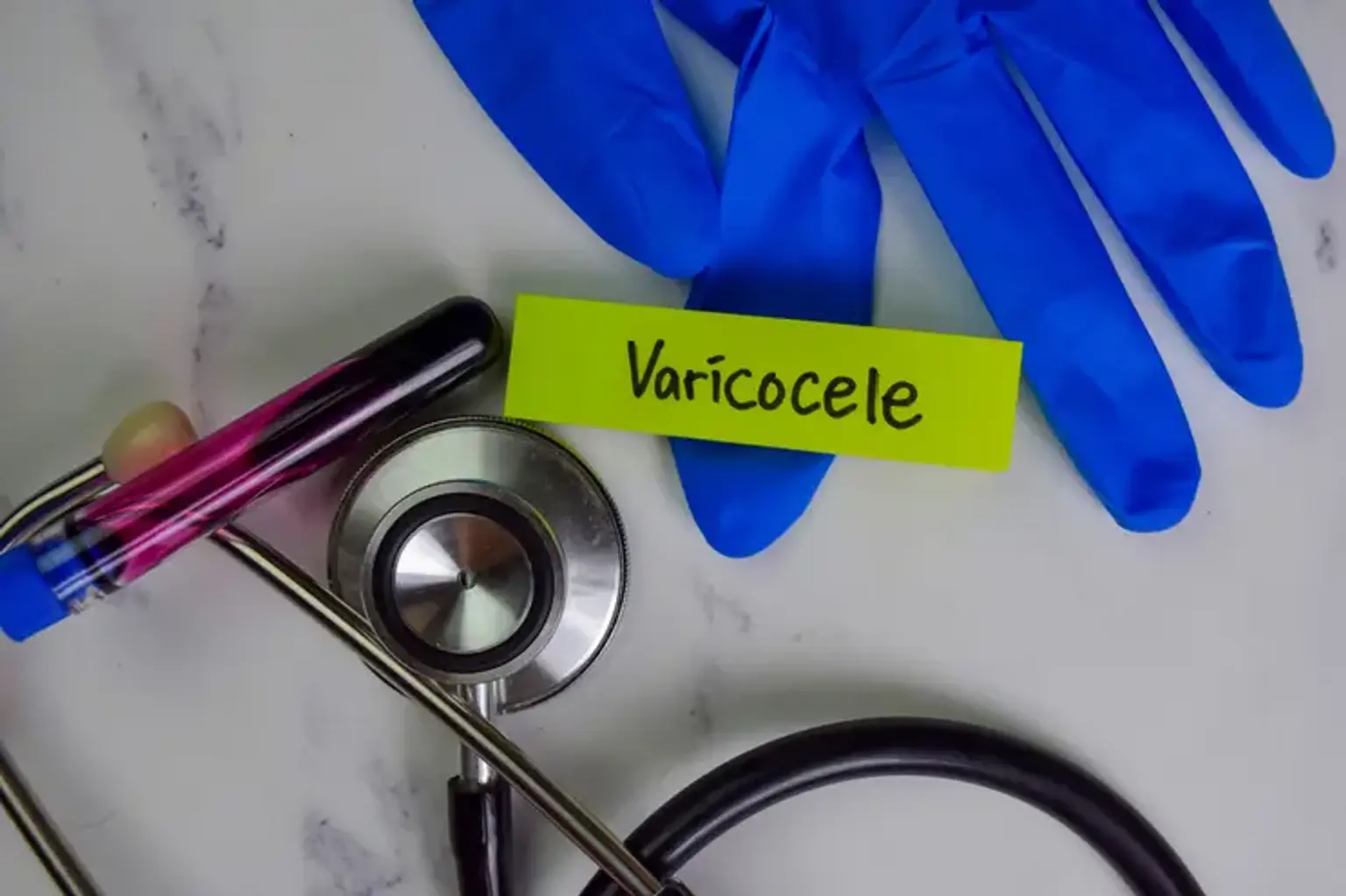Varicocele
Overview
Veins in the body transport blood from various organs back to the heart. They usually feature valves that guarantee the blood flows in the right direction. When the valves in the testicular vein do not function correctly, gravity causes blood to pool in the scrotum, resulting in a varicocele. They often occur on the left side, and are most likely connected to the path of the testicular vein in the abdomen.
